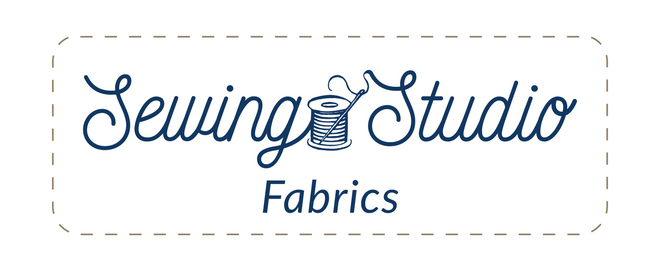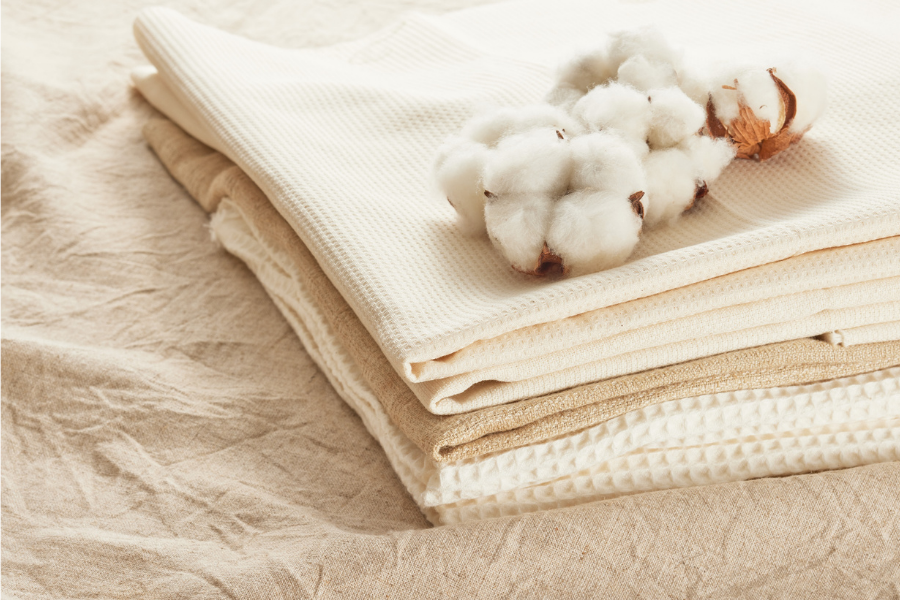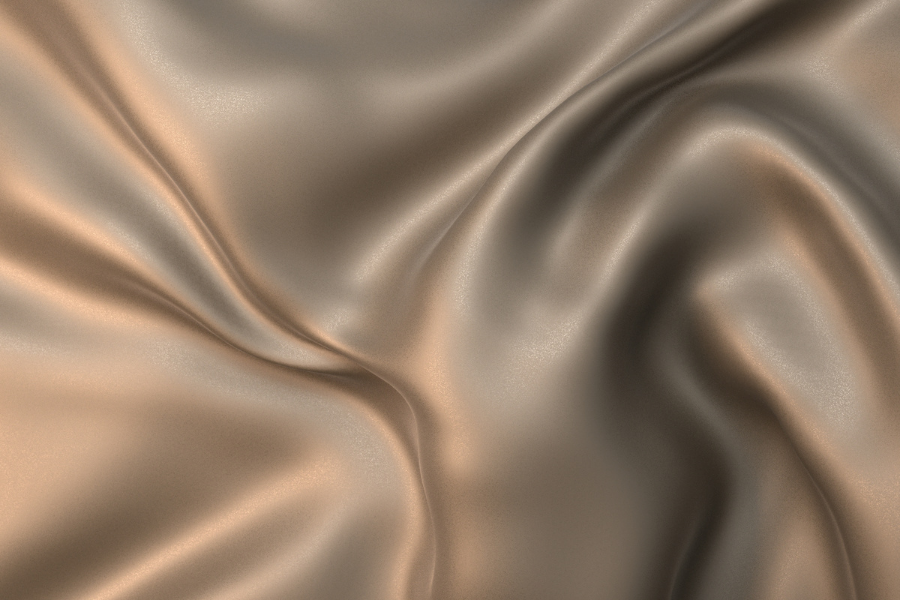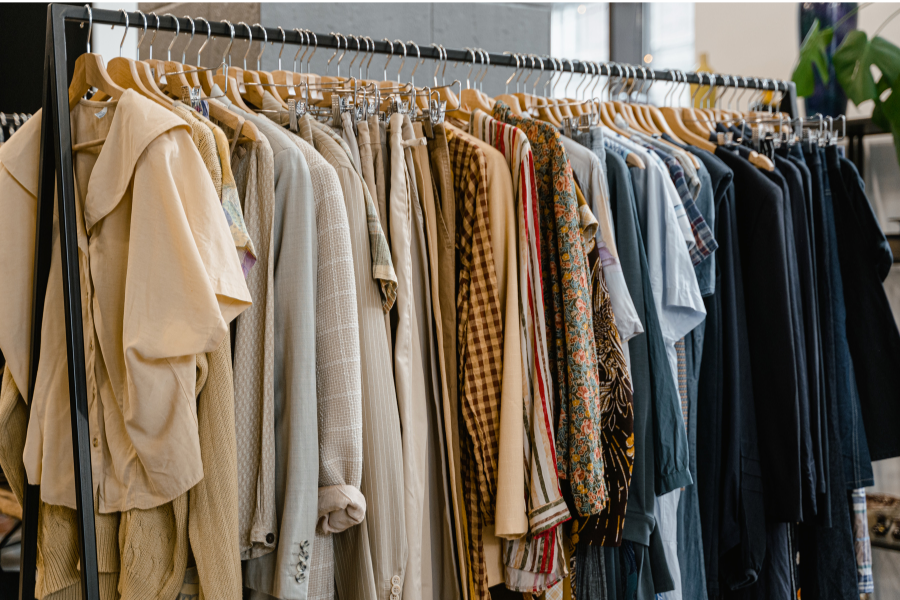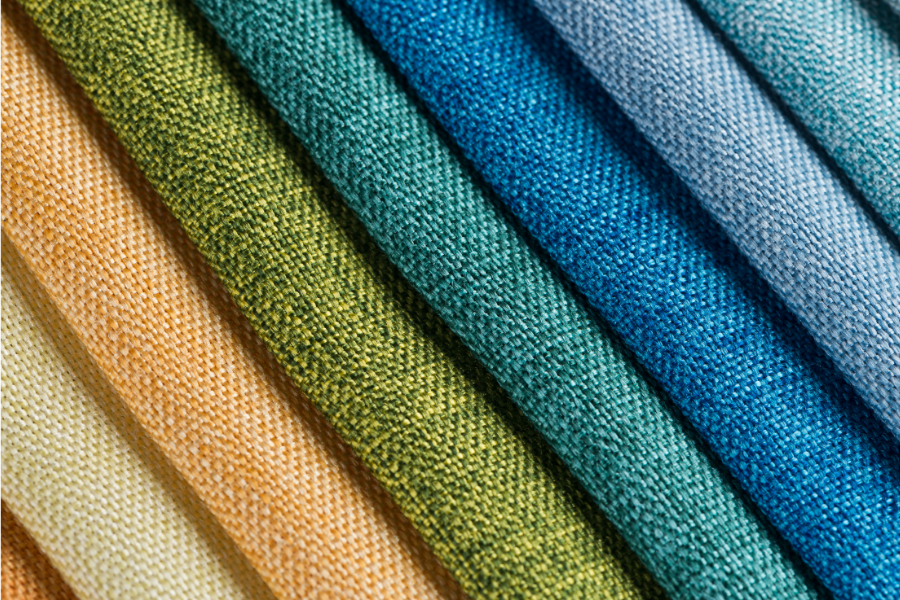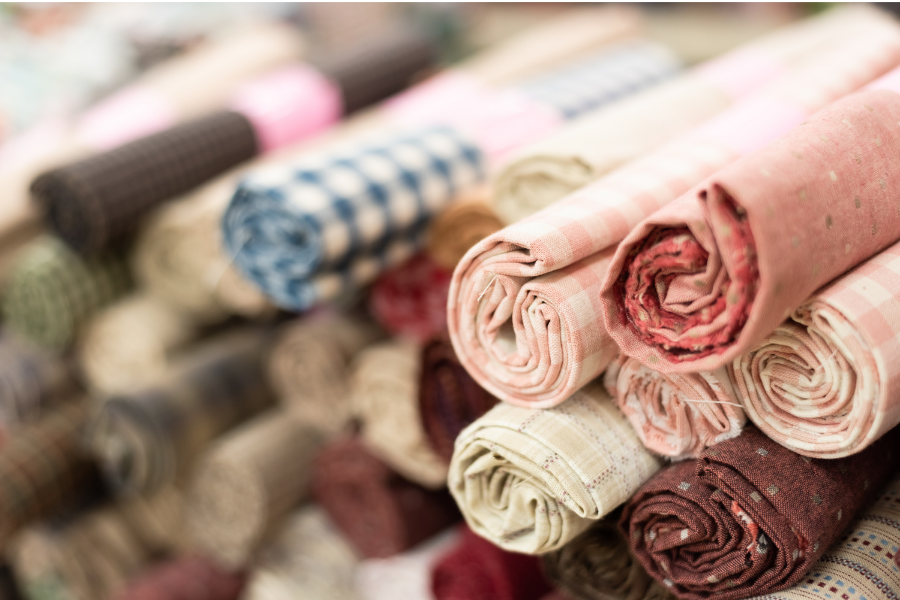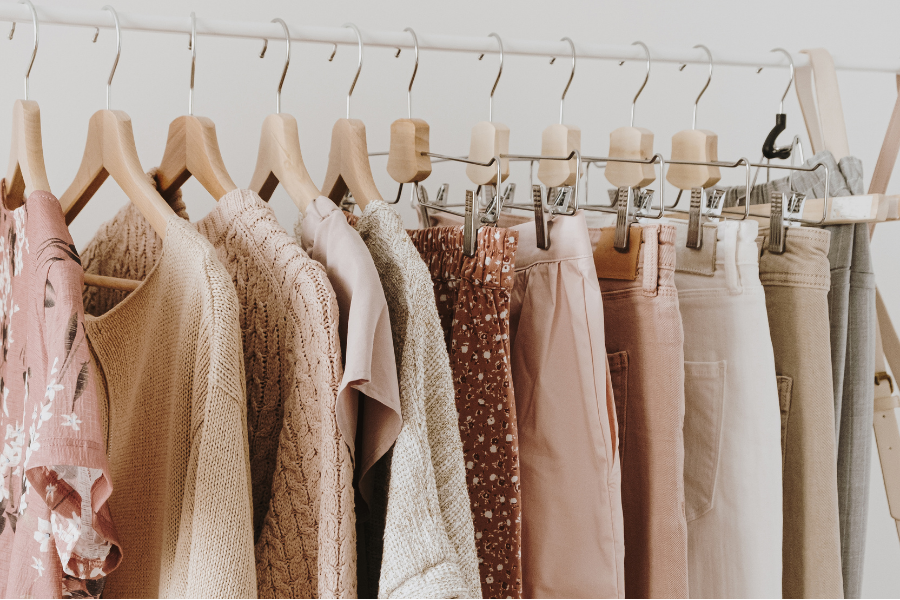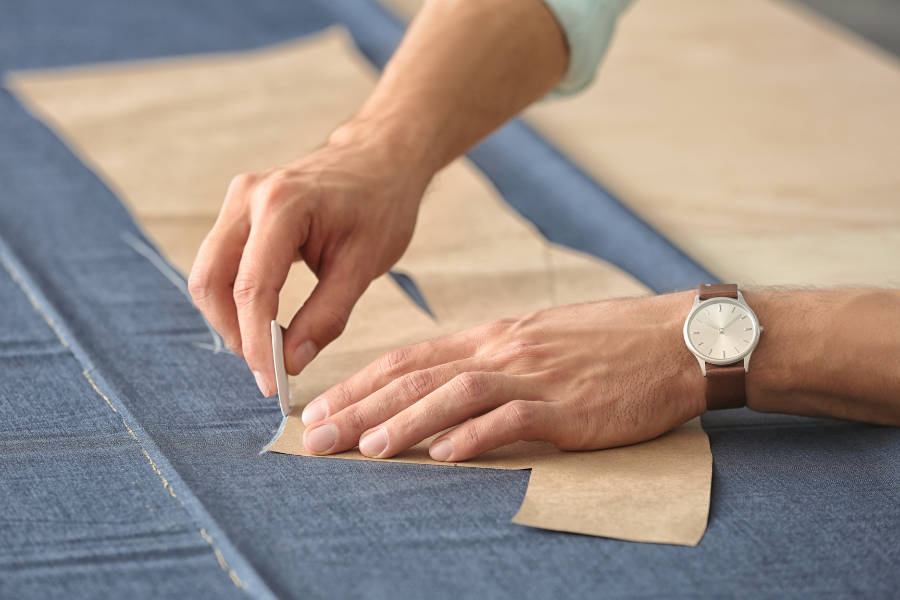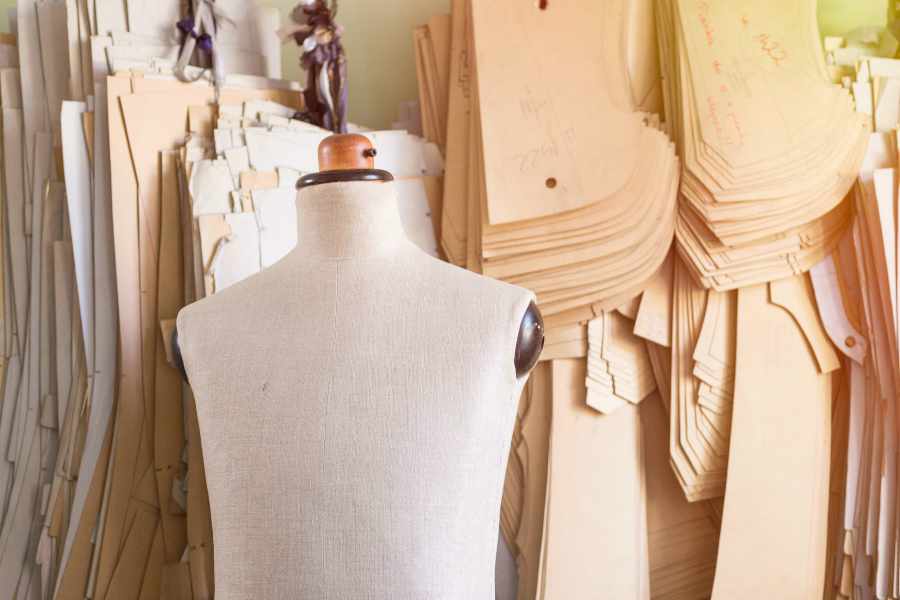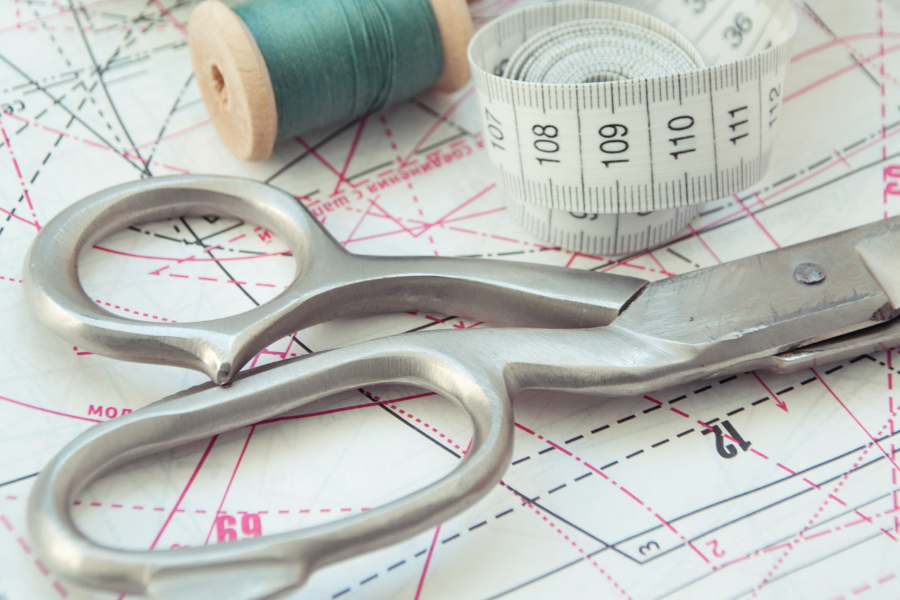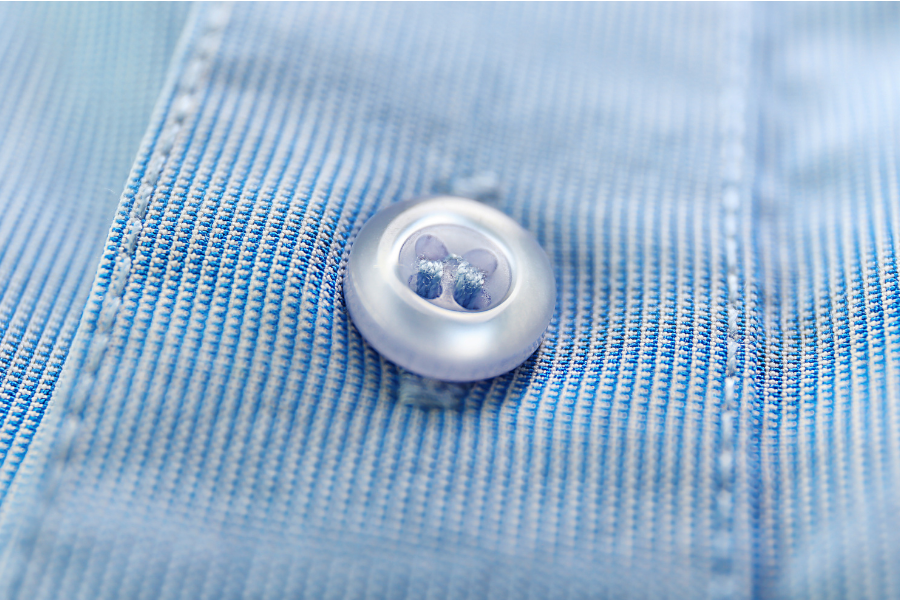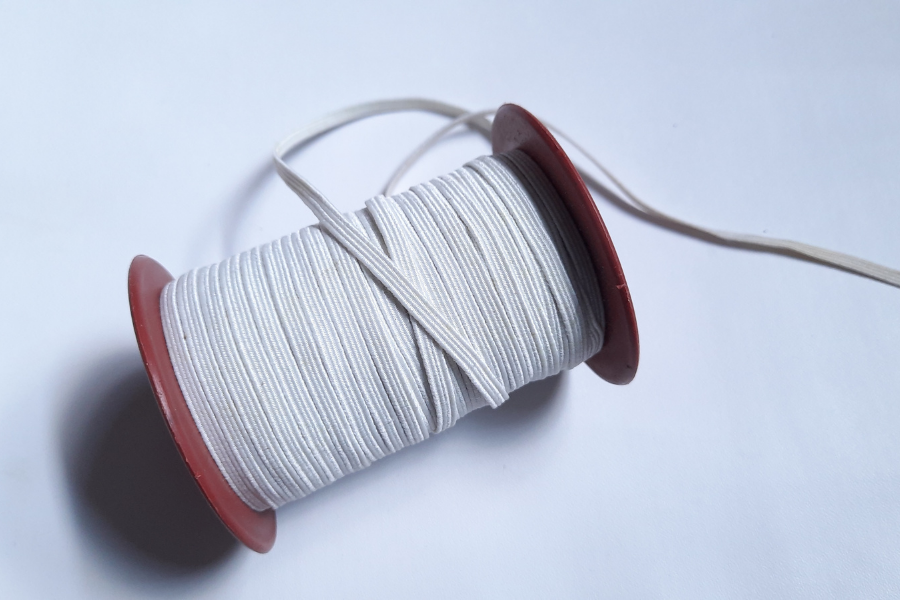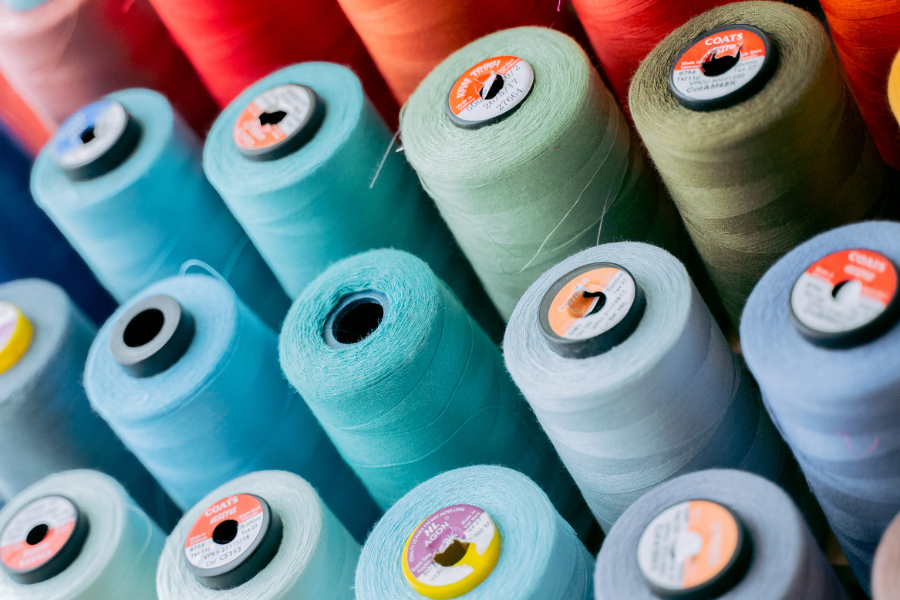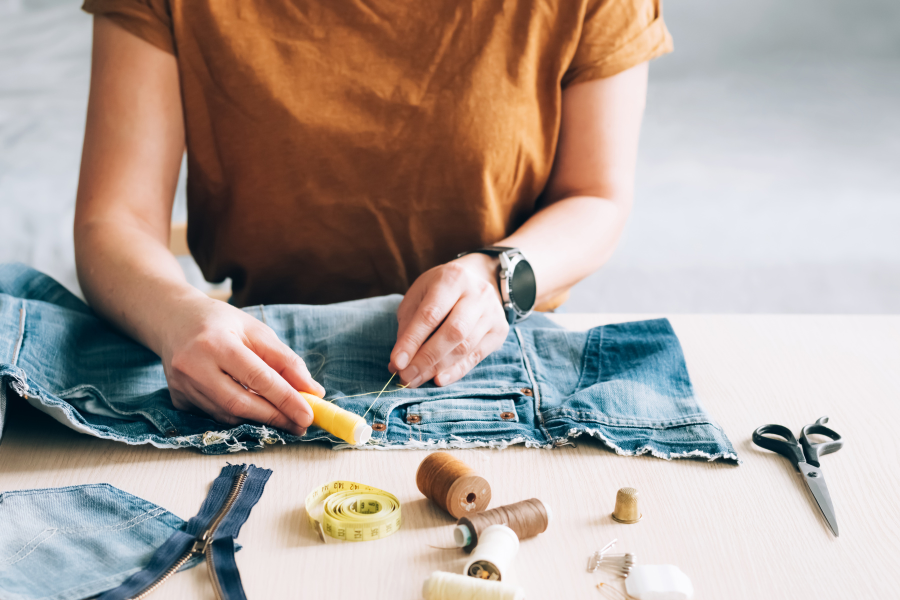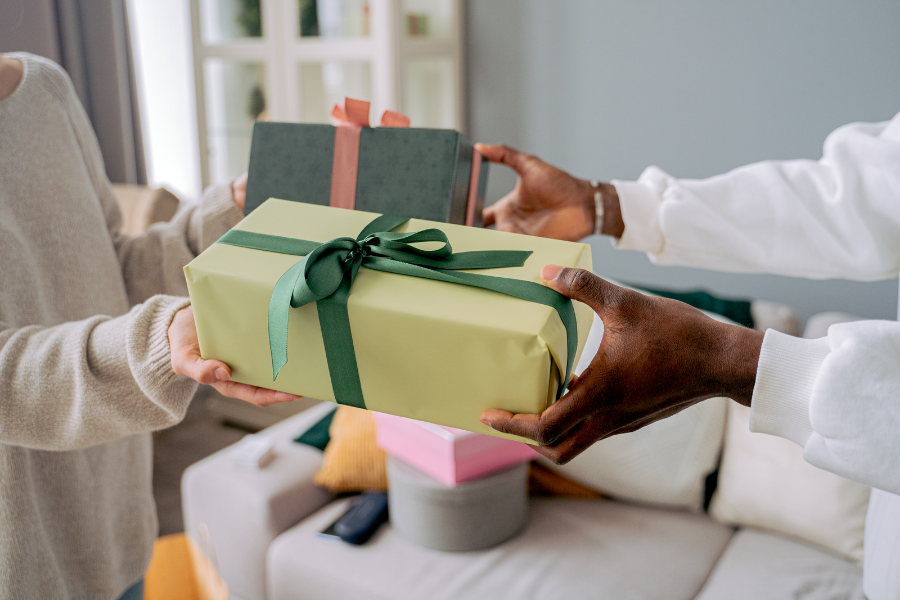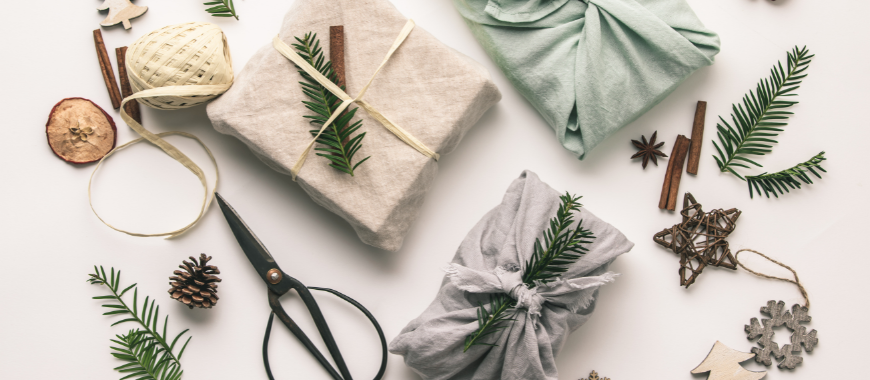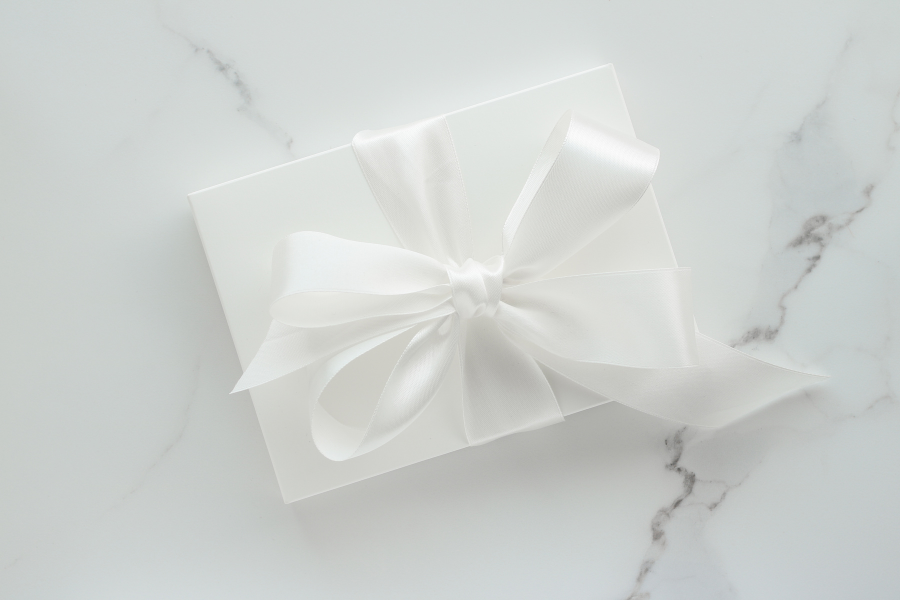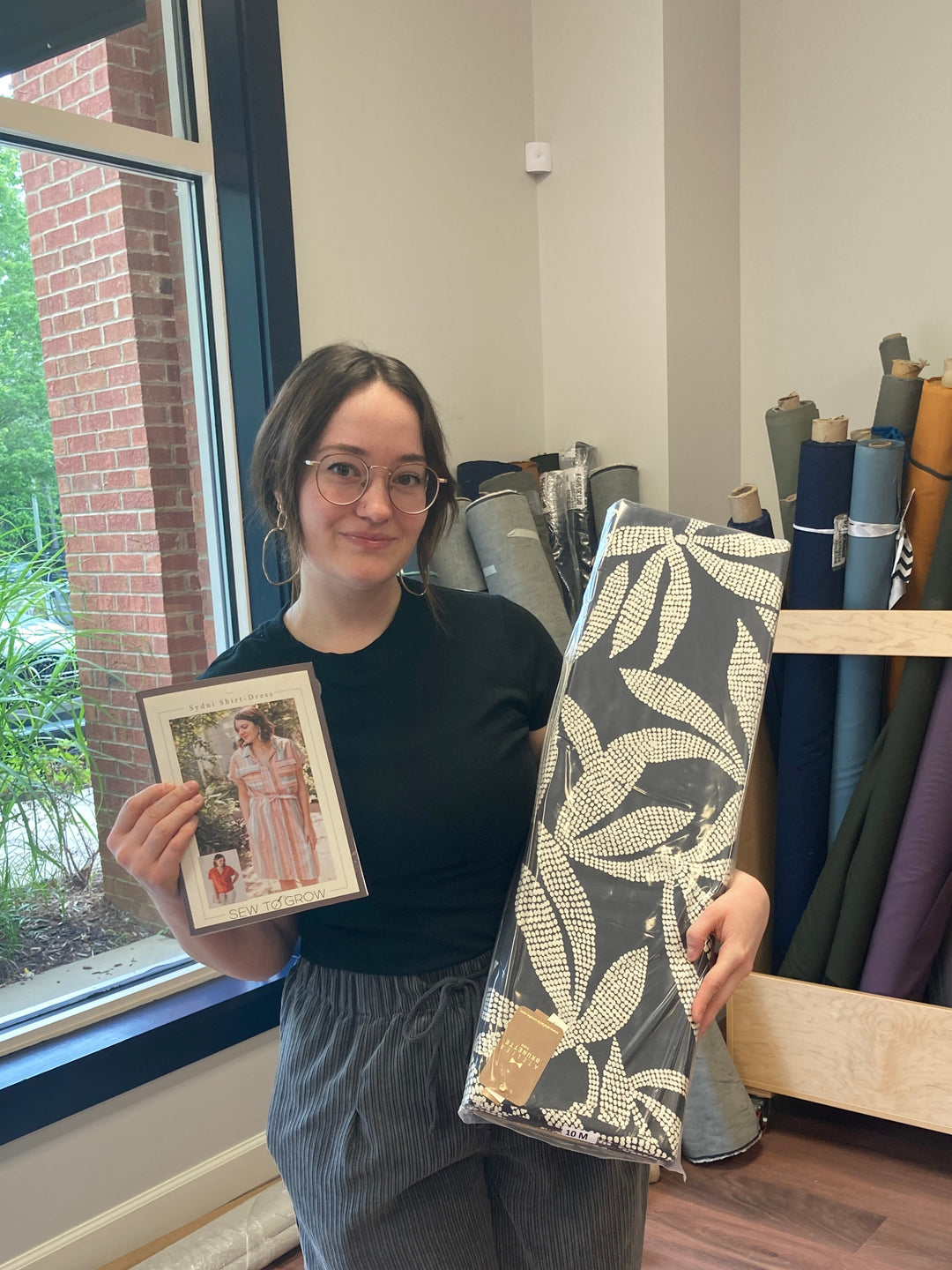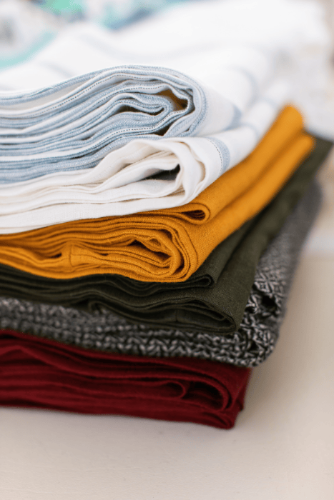Pin It to Win It: Your Ultimate Guide to Sewing Pins
Ever looked at a beautiful garment and wondered how it achieved such perfection? Spoiler alert: It’s all in the pins! These tiny tools are the unsung heroes of sewing, quietly holding your fabric in place and ensuring every stitch is precisely where it should be.
The Pin Lineup: Your Fabric’s Best Friends
Glass Head Pins: The Professional’s Choice
When precision meets durability, glass head pins shine! Perfect for general sewing on lightweight to medium-weight fabrics, these pins are a sewist’s best friend. Their heat-resistant glass heads mean you can press right over them without worry. The catch? They’re a bit pricier than their plastic cousins, but serious sewists know quality counts.
Plastic Head Pins: Budget-Friendly Buddies
Affordable and colorful, plastic head pins are the go-to for everyday sewing. They’re a budget-conscious sewist’s dream—easy to see and handle. But beware! These colorful companions have a weakness: they’ll melt faster than ice cream on a hot day if you accidentally iron over them.
Ballpoint Pins: Knit Fabric’s Guardian Angels
Got stretchy fabrics that make you nervous? Ballpoint pins are here to save the day! Their rounded tips are like tiny diplomats, gently sliding between fabric fibers instead of causing damage. They’re gentle on delicate knits but might struggle with heavyweight or tightly woven fabrics.
Silk Pins: Precision Personified
For those working with delicate fabrics like silk, satin, or lightweight cotton, silk pins are your holy grail. Ultra-thin and razor-sharp, they create minimal holes and maximum precision. Just handle with care—they’re as delicate as the fabrics they’re designed to support.
Quilting Pins: The Heavyweight Champions
Quilters, rejoice! These longer-than-average pins are designed to tackle multiple fabric layers with ease. Their extra length is a blessing for batting and thick quilting projects. The downside? They can be too aggressive for lightweight fabrics, potentially causing unwanted snagging.
T-Pins: The Tough Guys
When you’re working with heavyweight fabrics like upholstery, canvas, or outdoor materials, T-pins are your go-to. Their T-shaped head provides a secure grip that won’t quit. But gentle fabrics beware—these pins can leave holes larger than a gossip’s mouth!
Appliqué Pins: The Precision Artists
Small, short, and mighty—appliqué pins are the surgeons of the pin world. Perfect for intricate detailed work, they’ll maneuver in tight spaces where other pins fear to tread. Just don’t ask them to handle thick fabric pieces!
Pin Head Pros & Cons
- Flat Heads: Great for quilting, but can be a bit slippery to grip (which could lead to more pin pricks, ouch!)
- Glass Heads: Colorful and heat-resistant, but handle with care—they’re breakable!
- Plastic Heads: Bright and cheap, but they melt easily under high heat so be very careful!
- No Heads: Perfect for the professional sewist, but not great for newbies as they are harder to grip & easily lost in some fabrics
Pin Length: Size Matters in Sewing!

Short Pins (Under 1.5″): The Delicate Touch
Working with lightweight fabrics or doing intricate appliqué work? These tiny heroes are your best friends! Short pins minimize the risk of snagging or poking through fabric layers. Their petite size makes them perfect for delicate projects, but don’t even think about using them on heavyweight fabrics—they’ll wave the white flag of surrender.
Standard Pins (1.5″–1.75″): The Jack of All Trades
Consider these the Swiss Army knife of pins. Versatile and reliable, standard-length pins are the go-to for most sewing projects. Whether you’re working on a medium-weight dress, a casual top, or a home decor project, these pins have got your back. They’re the Goldilocks of the pin world—not too short, not too long, just right!
Long Pins (Over 1.75″): The Heavyweight Handlers
Quilters and heavy fabric enthusiasts, rejoice! These elongated pins are designed to conquer thick layers with ease. Need to pin multiple layers of a quilt or wrestle with heavy upholstery fabric? Long pins make securing bulky materials a breeze. Just be cautious—their length can be a bit overbearing for delicate fabrics, potentially causing unwanted damage. Not sure what your fabric weight is? This post breaks down fabric weights if you need a reference tool to make sure you’re choosing the right pin for your project!
When to Retire Your Pins (Yes, Pins Retire Too!)
Listen up, sewists! Your pins aren’t immortal. Watch out for:
- Dull points that don’t glide smoothly
- Rust spots that can stain your beautiful fabric
- Bent pins that create uneven seams
- Sticky residue from fusible interfacing
Pro Tips That’ll Level Up Your Pinning Game
- Pin perpendicular to your seam line
- Use a magnetic holder to keep things organized
- Always test pins on scrap fabric first
- Occasionally clean pins with rubbing alcohol
The Tomato Pincushion: A Delightful Sewing Mystery

Ever wondered why sewists everywhere stick their pins into a tiny red tomato? It’s a story that’s more fascinating than you might think!
A Pinny Tale from the Middle Ages
In medieval times, pins and needles were precious treasures. Crafters called their storage spaces wonderfully quirky names like “pimpilowes”, “pyn pillows”,and “pin-poppets.” Each needle was a valuable possession, displayed with as much pride as a modern collector shows off rare artifacts.
The Victorian Tomato Magic
Enter the tomato—more than just a vegetable! Victorian folklore believed that placing a tomato on the mantle would ward off evil spirits and bring prosperity to a new home. When fresh tomatoes weren’t available, crafty sewists created fabric versions stuffed with sawdust so they were protected from those evil spirits year round.
A Tradition Pierced Through Time
Victorian ladies would proudly display pincushions, but the tomato was always the crown jewel. Shelves lined with these charming cushions were a mark of domestic skill and creativity.
Do you have a tomato pincushion? Did your mother or grandmother? These little red cushions carry a history of creativity, superstition, and crafting love.
Your Turn!
We want to hear from you! What are your favorite pins? Any pinning tricks that have saved your sewing projects? Drop a comment below and share your wisdom with our sewing community!
Pro tip: The right pin can make the difference between a good project and a great one. Choose wisely, sew boldly!
Remember, in the world of sewing, sometimes the smallest tools make the biggest impact.
Happy pinning!

